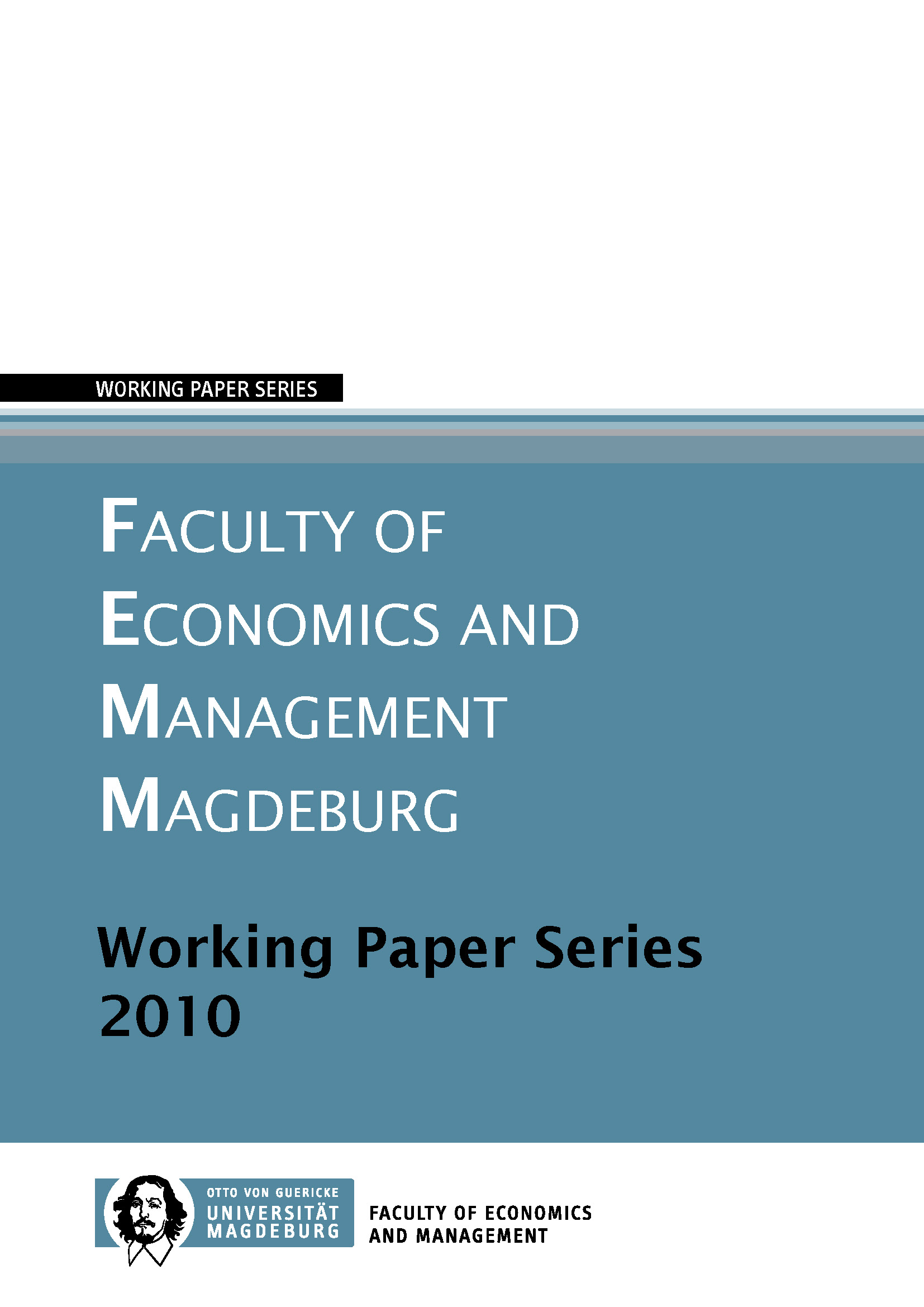Serving the Many or Serving the Most Needy?
DOI:
https://doi.org/10.24352/UB.OVGU-2018-420Schlagworte:
allocation mechanism, donation, nonprofit, poverty aversion, social entrepreneur, user feeAbstract
For free, subsidized or cost-covering? The decision on how much to charge for a good or service is fundamental in social business planning. The higher the fee paid by the recipient, the more people in need can be served by the additional revenues. But charging a fee means simultaneously to exclude the very poor from consumption. This paper argues that the entrepreneur's trade off between both effects is governed by her level of poverty aversion, i.e., her preference intensity for the service of needy people with different incomes. Additionally, we account for the possibility of excess demand for the provided good and assume that applicants are rationed by non-price allocation mechanisms. We thereby contribute to the extensive literature on the pricing and rationing behaviour of nonprofit firms. Within our theoretical model, we find ambiguous reactions of the entrepreneur to a cut in donations. Given a sufficiently low level of status-quo donations, entrepreneurs with relatively high poverty aversion tend to increase the project volume, while those with relatively low poverty aversion do the opposite.


